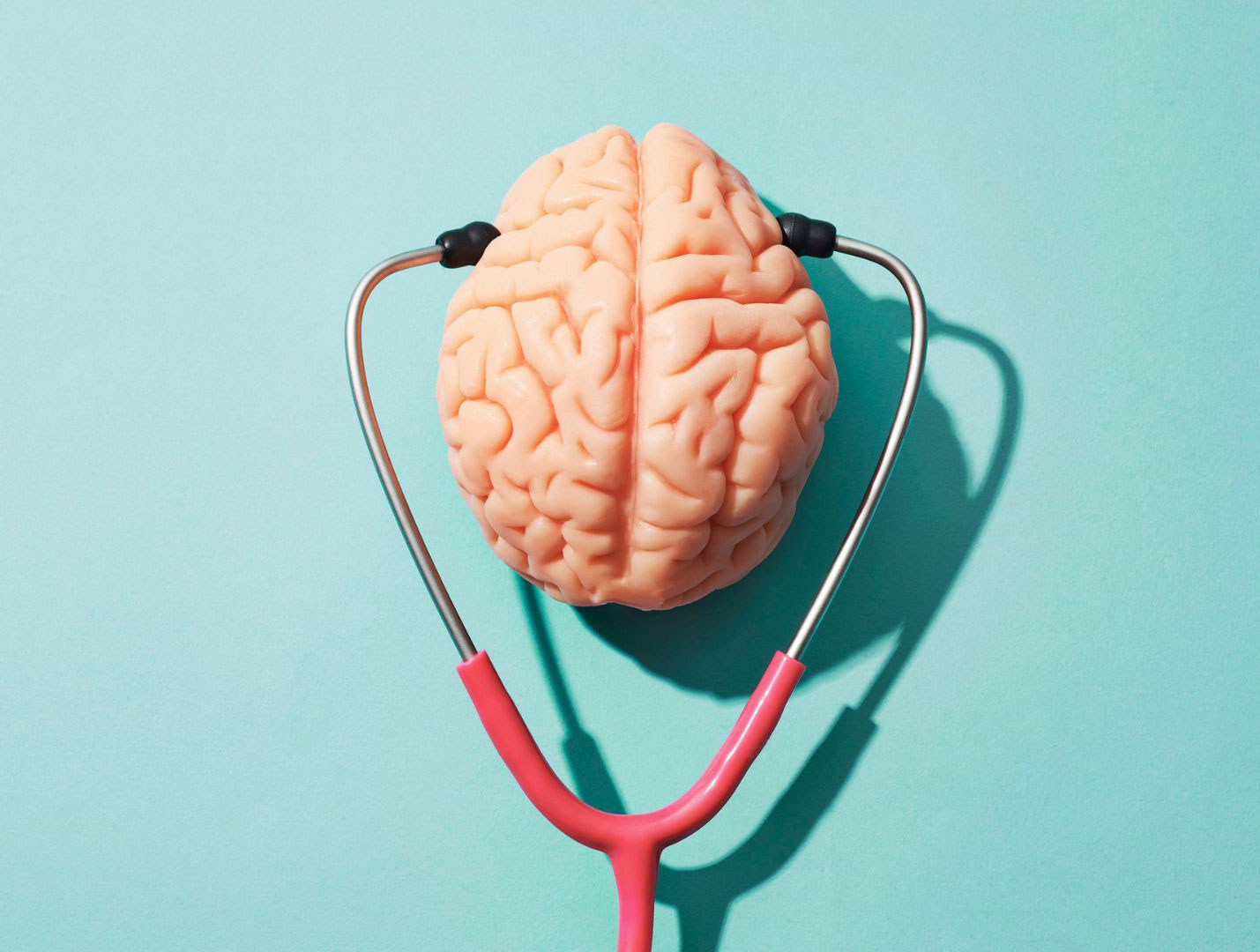Even though the discussions surrounding mental health and its relevance have increased, the truth is that there is still a large gap between those who have mental illnesses and the health care services they need. 1 in 20 Americans experience a serious mental condition each year, and in California, almost 1.25 million individuals have a serious mental illness. Numbers like these can be difficult to fathom, and what is even more concerning is that this number may even be higher with the prevalence of undiagnosed mental illness. A multitude of factors can influence whether a person gets diagnosed with a mental illness. Whether it be lack of insurance, stigma, lack of social support, or even denial, many Americans find themselves unable to find support for their mental health struggles and may never even get diagnosed with an illness or condition that could be treated in the first place. In this blog, we will go over some of the most prevalent facts and figures about undiagnosed mental disorders and its significance.
Introduction to Mental Health Statistics
Before we delve into undiagnosed mental illnesses, it may be helpful to look at some general statistics about mental health and how it is currently being treated on a population level. Some of the most shocking statistics regarding mental illness is how disproportionate the treatment for these conditions really are.
- Less than half of Americans with mental illness received mental health services in 2021.
-
- According to the National Institute of Health, there were 57.8 million American adults with any sort of mental health diagnosis in 2021. Only about 47% of those individuals received mental health services for their condition, and this includes in-person and virtual services.
- One-fourth of U.S. adults with mental illnesses state that they have unmet needs for treatment.
-
- Even though a diagnosis is a great first step to treating mental illness, about 24.7% of American adults state that they are not receiving adequate treatment. Whether it be an appointment with a provider, group therapy sessions, or medication, people are having a difficult time getting care. This statistic has not improved since 2011.
- Over 2.5 million U.S. youths have severe major depression, and over 60% of youths with major depression do not receive any mental health treatment.
-
- The level of access to healthcare treatment is influenced by many factors, especially by state, insurance plan, or socioeconomic status. Even in states that have lower prevalence of mental illness and high rates of healthcare access, about 1 in 3 kids are going without treatment. Among the children whose severe depression is somewhat being treated, only 27% of them receive consistent care. In the states with the least amount of access like Idaho or Nevada, only 12% of individuals receive consistent care.
- 11% of U.S. adults with a diagnosed mental illness are uninsured.
-
- Many individuals are forced to go out-of-network for access to mental health care as opposed to primary care services. Moreover, over 8% of children in the U.S. have private insurance that does not cover any mental health services. This total comes out to about 950,000 children who do not have access to mental health services.
- Mental illness is responsible for about 20% of all global health care costs, but countries spend less than 3% of their budget on mental healthcare when compared to all types of healthcare.
-
- Even with the increase in social discourse regarding mental health issues, the stigma associated with the condition results in lower philanthropic efforts dedicated to treatments and resources. There are some countries that have no budget dedicated to mental health services at all. Mental illness results in higher death rates than physical illnesses such as cancer or AIDS, but mental health charities receive a small fraction of donations from charity when compared to physical illness.
Though conversations about mental health are becoming more prevalent, it is clear that there is still a large gap between those with mental illness and the proper health care. Costs can be too high; access can be exclusive; and individuals may be too embarrassed or ashamed to reach out when they need help. These statistics are pretty harrowing to read on their own, but the truth is that these numbers may be even higher when taking undiagnosed mental illness into account.
Figures about CA Mental Health
In California alone, more than 5,500,000 adults have some kind of mental health condition. This number is almost more than 1.5x the population of Los Angeles alone. In addition, there are about 1,250,000 adults in our state who have a serious mental disorder and almost 400,000 adolescents aged 12-17 who have depression. With numbers this high, it is almost hard to believe that it should even be higher considering the fact that so many mental disorders go undiagnosed everyday.
Even for individuals that have a mental health diagnosis, more than 28% of those people did not receive any treatment for their mental healthcare. This comes out to be around 1,562,000 adults in California who did not receive any care for a diagnosis they have. Imagine just how high that number would be if we also knew how many undiagnosed cases of mental illness there were in the state. Of all the individuals who did not receive mental care, 35.3% did not due to the high costs. In addition, nearly 8% of people in California do not have insurance. Even for those with insurance, Californians are more than 5x likely to need to use out-of-network services for mental health care compared to primary health care. This leads to individuals feeling increased feelings of discouragement and difficulty in finding affordable mental healthcare.
Facts about Undiagnosed Mental Illness
Mental illness usually presents itself in individuals during adolescence and early teenage years, with most cases emerging by the age of 24. In fact, nearly 50% of those who will ever be diagnosed with mental illness will show signs of their disorder by the age of 14. By 17 years old, the number jumps up to 75%. Because mental health conditions typically appear when people are young, many of the symptoms that people experience are marked as ‘angsty’ teenage behavior, or noted to be ‘just a phase’ in someone’s early life. For example, many teenagers might stay up very late and have a lack of motivation for school or other activities because they are young, or it might actually be an indicator for something more serious, like depression.
Unfortunately, mental illness can go undiagnosed and untreated for many years. Nearly 76-85% of serious mental disorders went untreated in low and middle income countries, and the number drops down to 35-50% in higher income countries. There are many reasons why mental disorders may go undiagnosed and the reason individuals may never get access to mental health care vary immensely. For example, many people do not reach out for help or are dismissed by primary physicians when they bring up concerns about their mental state. Other common barriers to mental health treatment include:
- Fear of being judged by others
- Thinking that their symptoms are “not severe enough” to warrant outside help
- Cultural and social stigmas surrounding the existence of mental health issues
- Inability to put other life responsibilities on the sideline while pursuing treatment
- Lack of proper insurance
- High cost barriers to services
- Lack of education on mental health issues and not knowing that help exists
When mental health conditions go undiagnosed for an extended period of time, there are many consequences on personal and societal levels. First and foremost, individuals who do not treat their mental illnesses are bound to have worsening symptoms over time. For example, smaller symptoms such as mood swings can exacerbate into violent outbursts, chronic sadness, and even an unwillingness to continue living. According to the American Foundation for Suicide Prevention, 90% of suicides can be attributed to mental illness. Also, unattended trauma can lead individuals to become more prone to disassociating, have difficult flashbacks, self-harming, and self-medicating with drugs or alcohol to cope with the stress. Untreated mental disorders have the ability to trigger very risky and dangerous behaviors and mental patterns for individuals, and this poses a threat to their livelihoods, the people around them, and especially themselves.
Another major consequence of undiagnosed mental disorders is how much they impact the national and global economy. The National Alliance on Mental Health estimated that untreated mental disorders costs America up to $300 billion every year due to losses of productivity. Because of the different symptoms that mental illness poses to individuals, 26% of the time lost to disability is due to the prevalence of mental illness and behavior disorders. This loss of productivity is significantly more impactful to the economy than any other disease. Along the same lines, it is estimated that mental illness costs the global economy about $2.5 trillion per year. Mental health disorders can lead to all sorts of other health-related or societal type issues (such as heart disease, diabetes, poverty, homelessness, or incarceration), and when it is left untreated, the likelihood that it exacerbates these other conditions rises as well, and it ultimately affects the economic burden even further.






